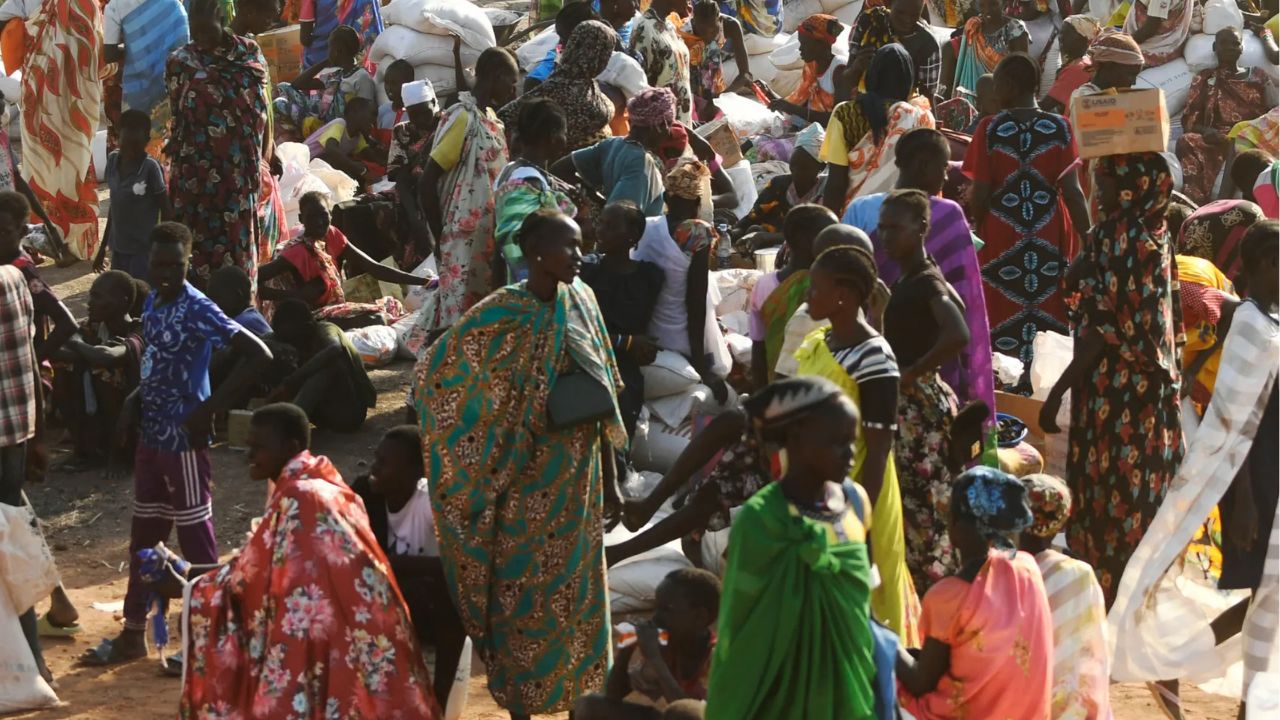Khartoum, the capital of Sudan, has been home to 6,000,000 people. This year, on April 15, a confrontation ensued between the Sudanese Armed Forces (SAF) and the Rapid Support Forces (RSF) paramilitary group.
The rise in hostilities in April 2023 stemmed from weeks of strain between the RSF and the SAF over “security force reform during negotiations for a new transitional government”. The RSF and SAF had jointly upended Sudan’s transitional government in October 2021.
In the course of a few short days that very month, more than 4,000 people were wounded and 500 people were killed.
In addition to the casualties, 40 out of 59 hospitals have been bombed and are now out of service.
Resultantly, there is an extreme dearth of water, food, and fuel since the fighting has continued to escalate as powerful weapons, airstrikes and artillery have been used. The civilians, on the other hand, are ensnared in the crossfire.
Since April, Action on Armed Violence has noted 102 incidents of explosive violence in Sudan and 1,830 civilian casualties, making 2023 Sudan’s deadliest year since 2010.
However, the United Nations humanitarian chief revealed in October that since April, the paramilitary group has killed up to 9,000 people and created “one of the worst humanitarian nightmares in recent history”. Similarly, in November, Armed Conflict Location & Event Data Project recorded over 2,800 political violence incidents and more than 10,400 fatalities.
Additionally, over 300,000 refugees have reportedly fled Sudan’s war seeking safety and refuge in Chad where already 580,000 displaced people reside.
The situation in Sudan is now exacerbating with serious concerns for women and children being abducted, chained, and held in “inhuman, degrading slave-like conditions” in areas controlled by the Rapid Support Forces (RSF) in Darfur.
Brief background
The Darfur war goes back to its origins of alienation of non-Arab tribes by Khartoum’s policies, paving a path for grievances. The trouble spiralled on February 26, 2003, when a newly-founded group known as the Darfur Liberation Front (DLF) — later called the Sudan Liberation Movement/Army (SLM/A) — claimed an attack on Golo, the headquarters of Jebel Marra District.
Along with the Justice and Equality Movement (JEM), the group then instigated a revolt to protest the Sudanese government’s discrimination against its non-Arab population, and sought bipartisanship within the Arab-ruled Sudanese state.
The-then President, Omar al-Bashir, countered the situation by backing and arming Arab militias known as Janjaweed to fight the insurgency in Darfur.
Named the Popular Defence Forces, they operated in alliance with Sudanese government forces to exterminate the African Fur, Masalit, and Zaghawa ethnic groups which produced the rebels.
And even though a ceasefire was called in 2004 and African Union (AU) troops deployed, the UN revealed that the conflict and the leading humanitarian crisis (callous attacks, disease, and hunger) had killed 300,000 people by 2007 and displaced 2.5 million.
Mediation attempts in Abuja (2006), Tripoli (2007) and Doha (2009) were unsuccessful in resolving the friction between Khartoum and the rebel forces in Darfur.
The United Nations Security Council had permitted a joint UN-AU peacekeeping mission in July 2007 but after its exit in 2019, the local armed groups took up from where they left.
Children of Sudan
Currently, 19,000,000 (19 million) children are out of school in Sudan while 10,400 schools have been shut down.
They are vulnerable to the present and long term perils such as displacement, sexual violence, war recruitment, and death.
Moreover, without resources, illnesses such as cholera are also at an all time high.
Sudan Genocide is WILD.. pic.twitter.com/K7ZTcqRoV6
— Conscious Lee (@TheConsciousLee) November 9, 2023
